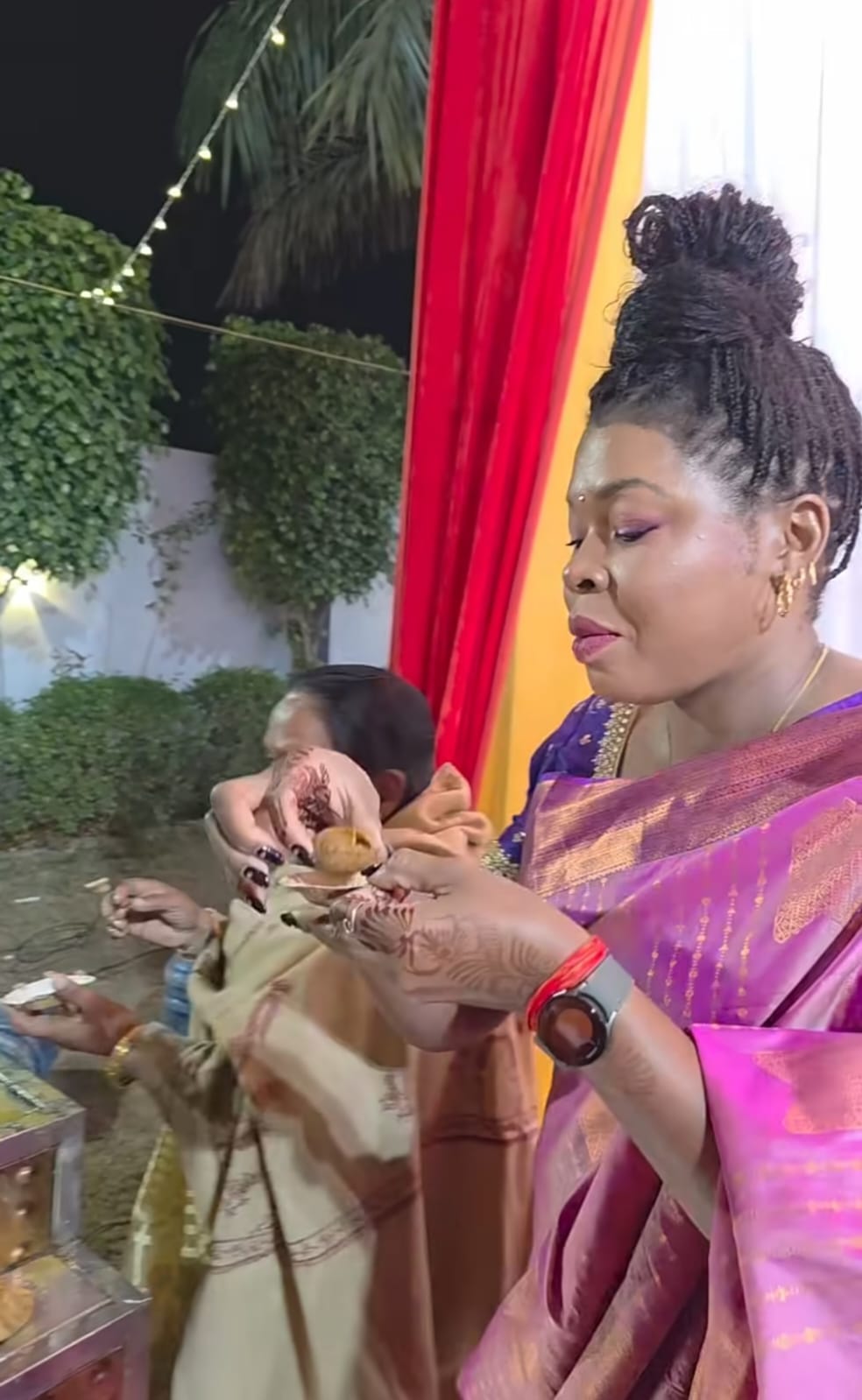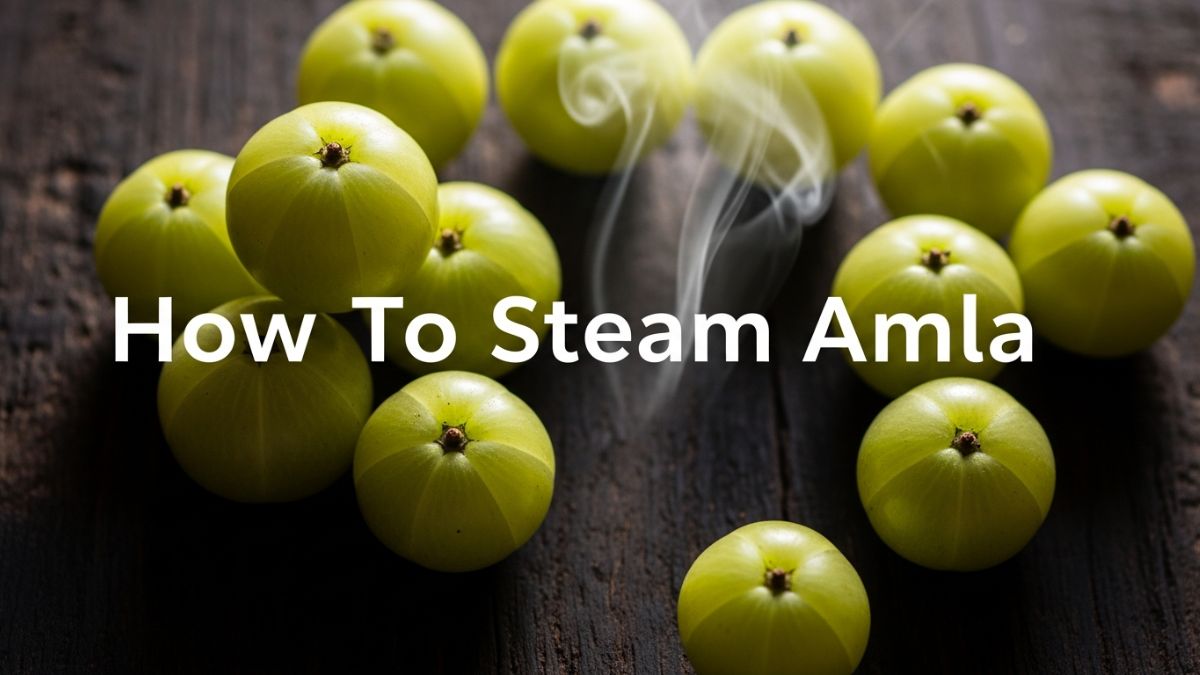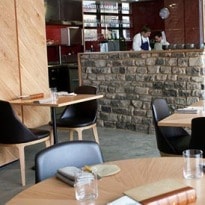Stories have always been shared over a good meal, but now chefs and artists are using the food itself to spin yarns, from ancient myths to family memories.
It is the final balmy evening of summer and the streets of Southwark in London, where city slickness is swallowing up the area's Dickensian shabbiness, look like a film set. I am in a modern, glass-walled restaurant, sitting at a blond-wood table. A candle flickers from an incongruous Wee Willie Winkie-style holder and the menus are tucked inside an old, handsomely bound tome. When the first course of bread and dripping arrives, the waiter points out that the molten wax pooling beneath the candle is in fact beef dripping.
The restaurant, which opened in the spring, is called Story, and it is perhaps the most literal example of the current cultural enthusiasm for revelling in the narrative powers of food. Each dish is delivered with a backstory (beef dripping was one of chef/patron Tom Sellers' dad's favourite tastes), and diners are encouraged to leave books and their own tales.
Italian chef Massimo Bottura (whose restaurant in Italy is No 3 on the World's 50 Best list), is all about stories, too. Without them, he says, he'd have no recipes. The tagline on his website is: "12 tables in the heart of Modena tell a story of tradition in evolution," the menu quotes Proust's madeleine moment. He has even made videos of the yarns behind some of his dishes, such as Homage to Thelonious Monk and An Eel Swimming up the River Po.
You could be forgiven for dismissing all this as pretentious twaddle, but Sellers earnestly says he first embraced the narrative side of food when he had taken his technical skills as far as he could. "I kept asking why I was eating something. It all leads to a story," he says. "Subconsciously, when you eat something, your brain is always comparing it to what you've had previously; it tries to find a similarity. The more powerful the story behind the food, the more it evokes the memory, which in turn enhances the flavour."
There is no doubt that flavour is inextricably linked with memory and emotion. They're all processed by the same part of the brain. So in posh cuisine terms, the story element could be seen as a natural progression from the sensory play of Heston Blumenthal and Ferran Adria's "molecular gastronomy", adding another cerebral and emotional layer. And a good story can engage us like nothing else.
The artist Gayle Chong Kwan, who has been working with food and memory for more than a decade through community-based projects, views the restaurant world's foray into this area as somewhat gimmicky. She finds food a refreshingly accessible medium to work in, and rejects "the way in which playing with food and bringing out memories and stories and sensory experiences now seems to be for the very rich."
Next week, as part of a series of artist-hosted public dinners at Tate Modern, Chong Kwan will present a menu centred around the myth of Adonis, and her own Chinese-Mauritian heritage. The starters will be served on a bed of lettuce, similar to that upon which Adonis's body was laid to rest after being gored by a wild boar. His porcine killer is represented by five-spice-crackling pork with plum sauce. The spices are relevant because in ancient Greece, and in other cultures since, they were seen as "highly dangerous in arousing women's passions".
For Caroline Hobkinson, an artist whose theatrical, gastronomic storytelling events have become her full-time job, food is: "a manifestation of our longings. It is also how we remember holidays and big life events. It is almost the vocabulary of our life." She has concocted dinners in an air-raid shelter and a Berlin flat divided into pre-unification East and West, and leads a foodie walking tour of Shoreditch called Broken Biscuits, covering the original site of the Old Nichol, one of the most notorious slums of Victorian Britain.
On a more basic level, though, mealtimes are the traditional setting for friends and families to share and pass on stories. Good food loosens tongues. "When I like someone," says Hobkinson, "I say we should have dinner - as in, we should tell each other our stories." This chimes with Sellers, too. In his teens, he says: "I didn't give a shit about what my brother was doing, or my mum. But once a day we'd sit around the dinner table and everyone said what happened at school or work. Food brings people together and becomes a story in itself."
Many of the tales that have inspired Sellers' and Bottura's menus focus on the ingredients and the land that produced them, mirroring the current obsession with provenance (especially post-horsemeat scandal). But whether it's the stories, the fantastical recipes they inspire or the sense of fun in contributing something to his restaurant that sparks the diners' desire to share, Sellers says that people have deposited all kinds of books. One woman inscribed hers with a note explaining that she'd bought it for a holiday, but never got to read it because she met her husband on the trip. Aw, I say, can you remember which book? "I'm sorry," he replies with typical cheffy bluntness, "I've so many fucking books, I don't know."
• Gayle Chong Kwan's Garden of Adonis dinner will be taking place in Meschac Gaba's Museum of Contemporary African Art at Tate Modern on September 16
Story restaurant, where diners deposit books. Photograph: Sophia Evans for the Guardian








